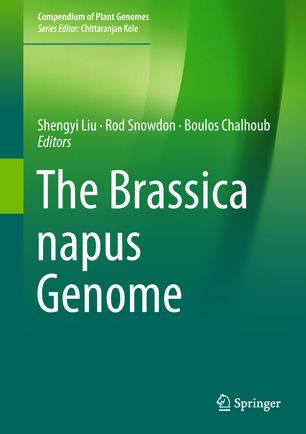

Most ebook files are in PDF format, so you can easily read them using various software such as Foxit Reader or directly on the Google Chrome browser.
Some ebook files are released by publishers in other formats such as .awz, .mobi, .epub, .fb2, etc. You may need to install specific software to read these formats on mobile/PC, such as Calibre.
Please read the tutorial at this link: https://ebookbell.com/faq
We offer FREE conversion to the popular formats you request; however, this may take some time. Therefore, right after payment, please email us, and we will try to provide the service as quickly as possible.
For some exceptional file formats or broken links (if any), please refrain from opening any disputes. Instead, email us first, and we will try to assist within a maximum of 6 hours.
EbookBell Team

4.8
14 reviewsThis book describes how the genome sequence contributes to our understanding of allopolyploidisation and the genome evolution, genetic diversity, complex trait regulation and knowledge-based breeding of this important crop. Numerous examples demonstrate how widespread homoeologous genome rearrangements and exchanges have moulded structural genome diversity following a severe polyploidy bottleneck. The allopolyploid crop species Brassica napus has the most highly duplicated plant genome to be assembled to date, with the largest number of annotated genes.
Examples are provided for use of the genome sequence to identify and capture diversity for important agronomic traits, including seed quality and disease resistance. The increased potential for detailed gene discovery using high-density genetic mapping, quantitative genetics and transcriptomic analyses is described in the context of genome availability and illustrated with recent examples. Intimate knowledge of the highly-duplicated gene space, on the one hand, and the repeat landscape on the other, particularly in comparison to the two diploid progenitor genomes, provide a fundamental basis for new insights into the regulatory mechanisms that are coupled with selection for polyploid success and crop evolution.